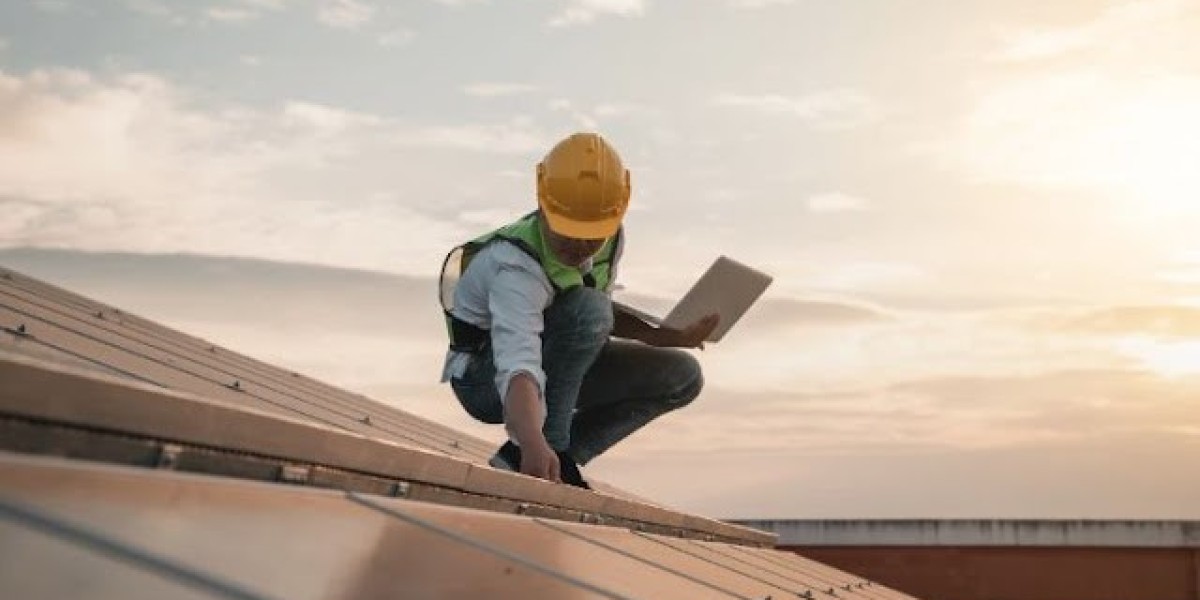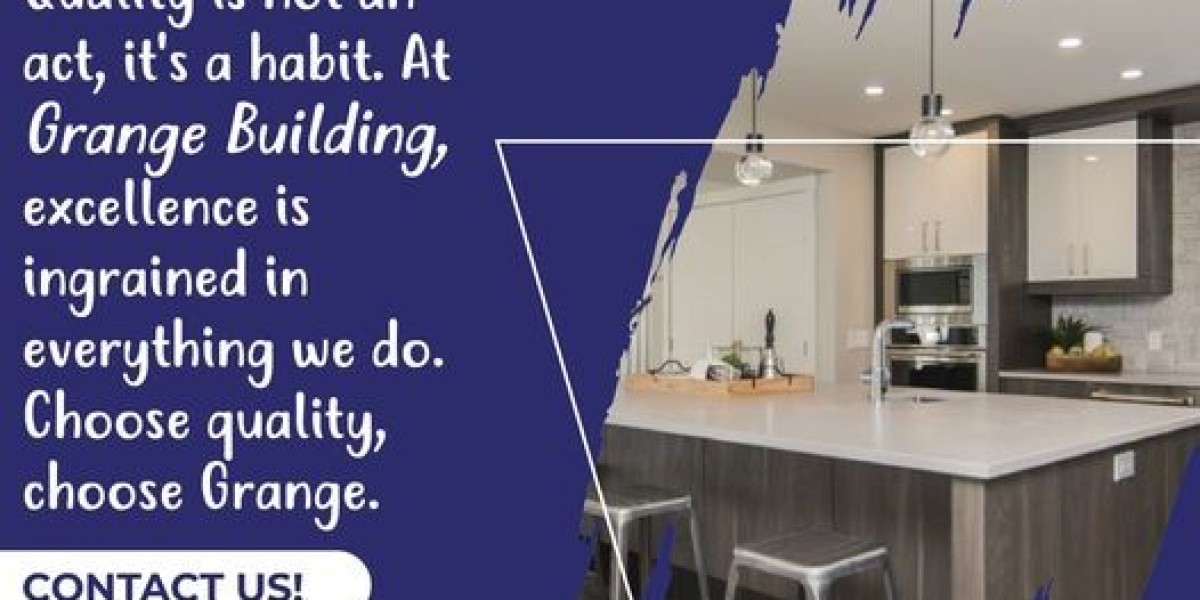Introduction:
Metal roofing is renowned for its durability and longevity, but over time, it may require restoration to maintain its performance and aesthetic appeal. Metal roofing restoration involves revitalizing the roof’s surface through cleaning, repairs, and protective coatings. Let’s delve into the process of metal roofing restoration and explore its benefits.
Inspection and Assessment:
The first step in metal roofing restoration is a thorough inspection to assess the roof’s condition. Roofing professionals examine the roof for signs of corrosion, rust, leaks, and damaged or loose panels. By identifying areas in need of repair or attention, they can develop a comprehensive restoration plan tailored to the specific needs of the roof.
Cleaning and Preparation:
Before applying any coatings or treatments, the metal roof must be cleaned to remove dirt, debris, and contaminants that can affect adhesion and performance. Cleaning methods may include pressure washing, chemical cleaning, or abrasive cleaning, depending on the extent of buildup and the type of roofing material. Proper preparation ensures that the surface is clean, smooth, and ready for restoration.
Repairs and Maintenance:
During the restoration process, any damaged or deteriorated components of the metal roof are repaired or replaced as needed. This may involve fixing leaks, replacing rusted panels, repairing flashing, or reinforcing seams and fasteners. Addressing these issues promptly helps prevent further damage and ensures the structural integrity of the roof.
Application of Protective Coatings:
Once the roof is cleaned and repaired, protective coatings are applied to enhance durability, weather resistance, and energy efficiency. These coatings act as a barrier against moisture, UV rays, and corrosion, extending the lifespan of the metal roof and reducing the need for future maintenance. Common coatings include acrylic, silicone, and elastomeric coatings, which offer flexibility and long-lasting performance.
Benefits of Metal Roofing Restoration:
Metal roofing restoration offers numerous benefits for property owners, including:
- Extended Lifespan: By addressing issues and applying protective coatings, metal roofing restoration can significantly extend the lifespan of the roof, saving on replacement costs.
- Enhanced Performance: Restored metal roofs provide improved weather resistance, energy efficiency, and protection against leaks and corrosion.
- Cost-Effectiveness: Restoring a metal roof is typically more cost-effective than replacing it entirely, making it a budget-friendly option for extending the roof’s lifespan.
- Sustainability: Metal roofing restoration reduces the environmental impact associated with roof replacement by preserving existing materials and minimizing waste.
- Improved Aesthetic Appeal: With a fresh coat of paint or protective coating, metal roofs regain their original appearance, enhancing the curb appeal and value of the property.
Conclusion:
Metal roofing restoration is a cost-effective and sustainable solution for revitalizing aging or deteriorating metal roofs. By following a comprehensive process of inspection, cleaning, repairs, and coatings, property owners can prolong the lifespan of their metal roof and enjoy enhanced performance and durability. For quality residential roofing services in Glastonbury, CT, and roofing contractors in Bridgeport, CT, trust experienced professionals who specialize in metal roofing restoration and maintenance.








